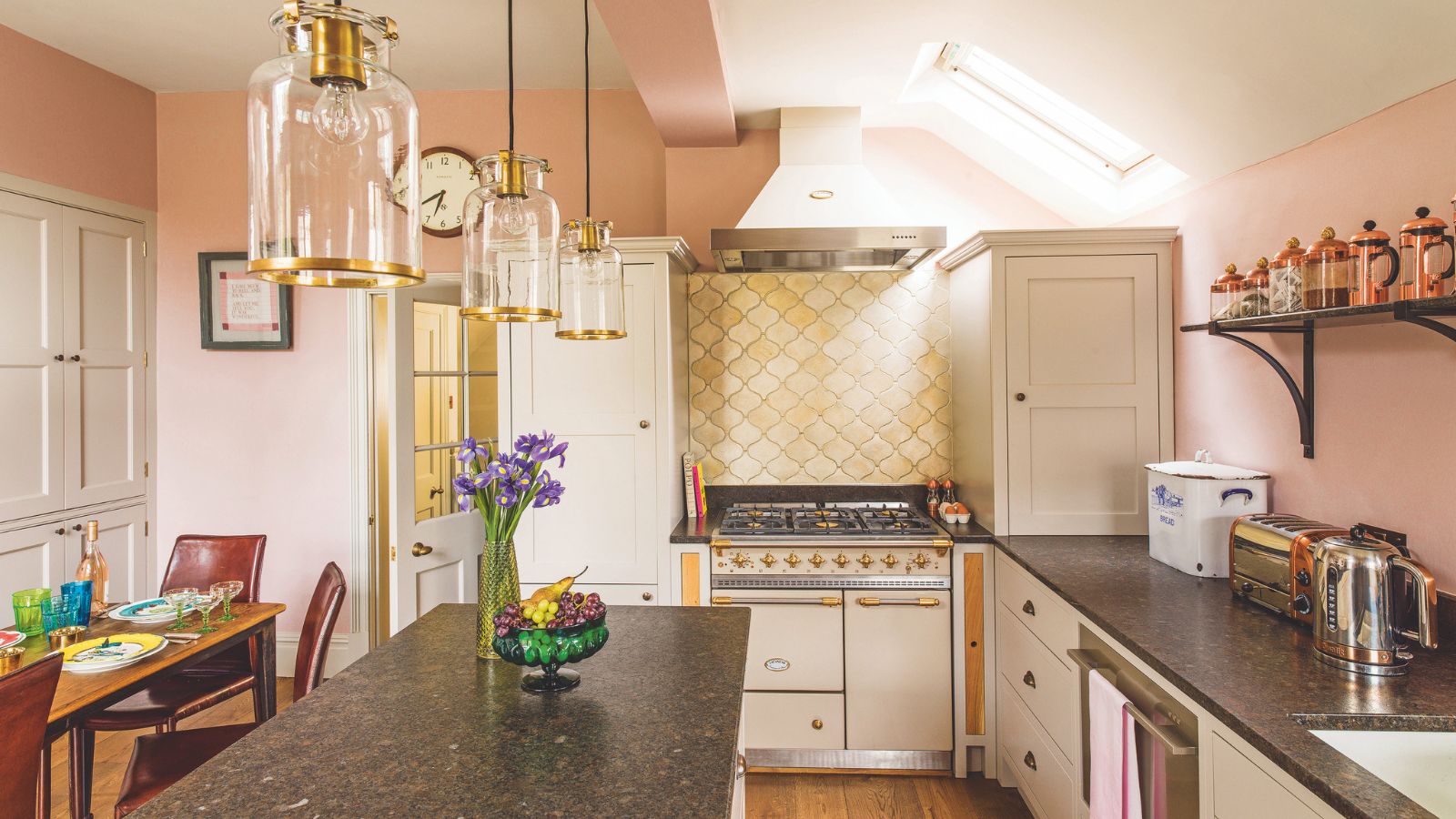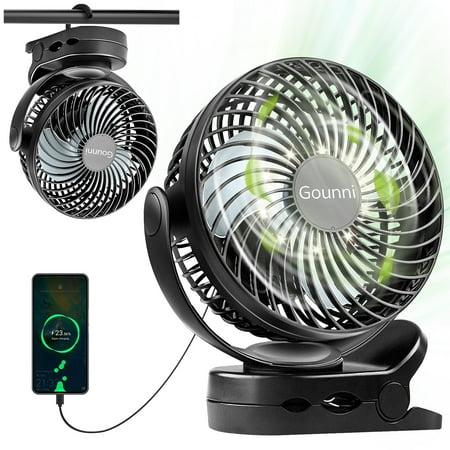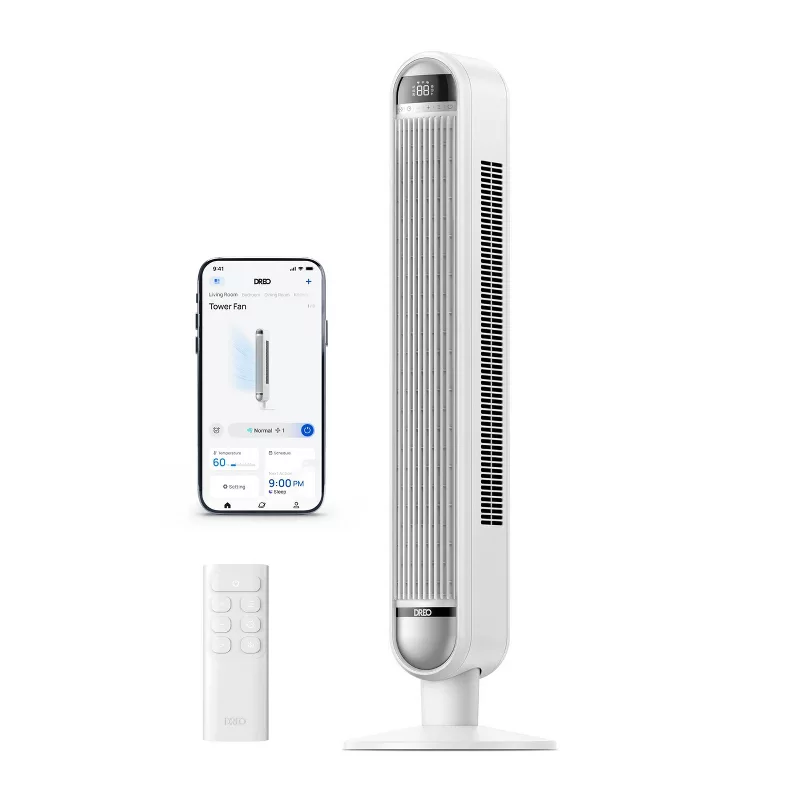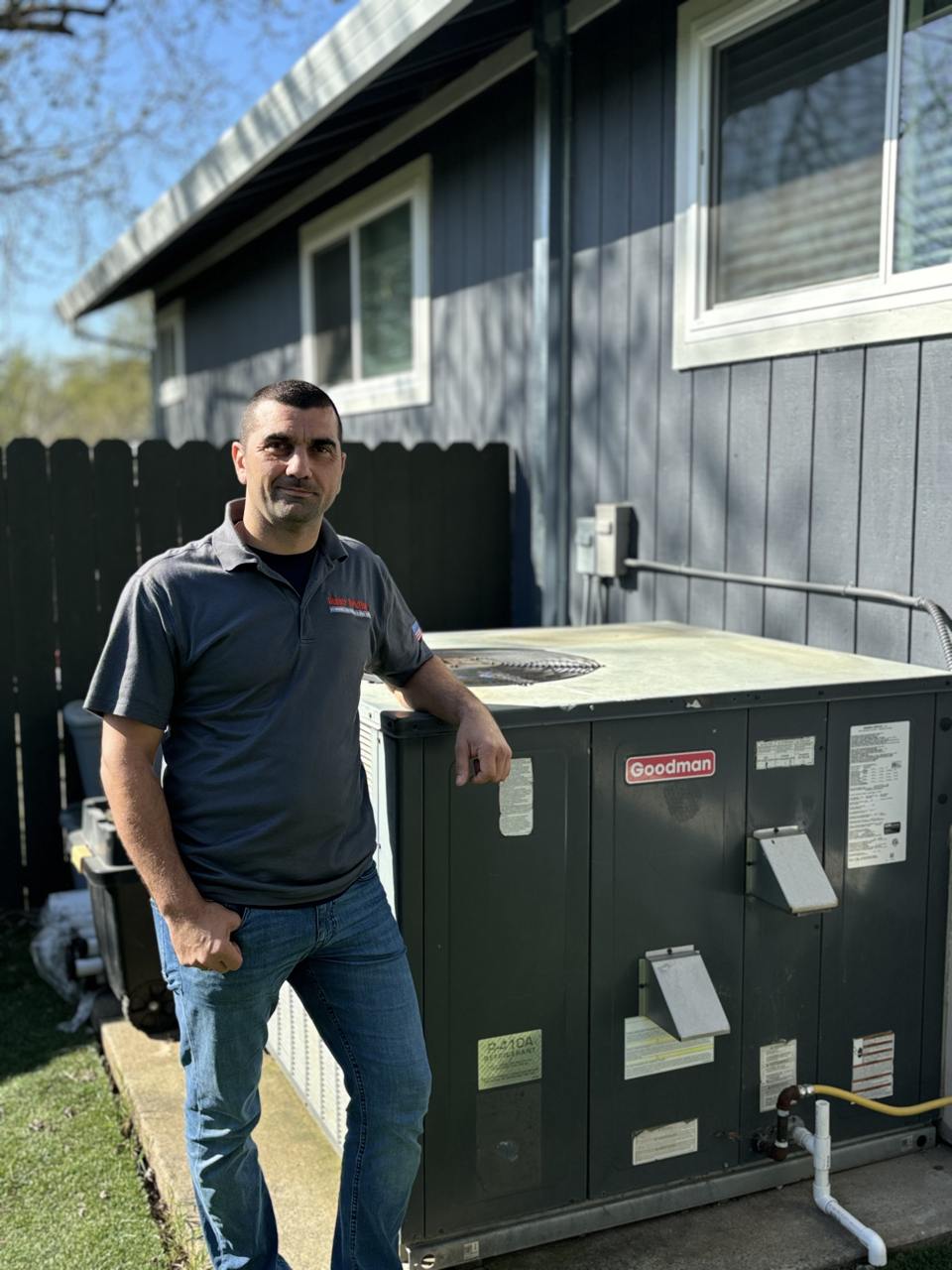My grandma's 'chimney effect' bedroom cooling trick brought goose-pimple inducing relief to help me sleep on the hottest nights in Iran
Use air pressure and temperature differentials to your benefit and beat the heat


Nighttime heat can be so disruptive, but this free bedroom cooling trick I learned from my Persian grandma kept me comfortable, and at times chilly in the blazing heat of the Middle East.
Creating a cross draft – where you open two windows at the opposite end of the house – quickly wicks away the day’s heat and allows cooler nighttime air to flow through your home. This is the cooling trick I learned to help me sleep in the heat of the Middle East when I lived there, and later when I returned for long summer trips.
Cross ventilation is so effective at cooling down your bedroom fast without AC and doesn’t cost a thing. HVAC pros agree this is a fantastic way to get comfortable on hot nights.
What is a cross draft and why does it work to cool bedrooms?
A cross draft is a column of air that enters the home on one side, travels through, and exits the other. This will quickly whisk away the heat of the day and significantly cool your home in preparation for a good night’s sleep.
Even in the height of summer in sweltering Iran, where temperatures reached a whopping 116° Fahrenheit in the day, I found this process chilled the bedroom enough to give me goosebumps when I went to bed.
My Persian grandma grew up in the heat of central Iran, where as a little girl, her hand-built village home had zero AC, but her family and all the locals used clever science know-how passed down through generations to cool down. In fact, their homes, which had thick adobe walls and courtyards were built to allow for cross drafting to reduce indoor heat quickly and easily.
From hanging dripping wet billowing bed sheets by the windows to creating a cross draft, my grandma taught me all her Middle Eastern tricks coping with extreme heat at home.
Design expertise in your inbox – from inspiring decorating ideas and beautiful celebrity homes to practical gardening advice and shopping round-ups.

Wait till the evening, or create the cross draft first thing in the morning.
Alex Atkinson, a plumber and highly-qualified HVAC technician at Super Brothers agrees my grandma's cross draft bedroom cooling tip really works.
Alex explains, ‘A cross draft or cross ventilation is a natural method of passive cooling that can take heat from within a space by moving air through it. It consists of creating a plume through which outdoor cool air enters the home from one side, passes through the interior, and exits through another opening on the opposite side.
‘The pressure difference between both sides of your house and the temperature differentials between indoors and outdoors cause this to happen. A lot has to do with how air moves from high-pressure areas to low-pressure areas and again from cooler spaces to warmer areas when given routes.’
Here are the cross draft steps my grandma taught me:
- In the early morning or cooler evening, open the windows in your bedroom.
- Open the internal doors that lead you to the opposite side of your home and wedge them open.
- Open the windows on the opposite side to make a horizontal column of air movement. Alternatively, open a window upstairs, and a window downstairs to create a chimney cooling effect.
- Turn off all the lights to stop bugs from coming inside and enjoy the cooling blast.
For effective cross-ventilation to cool down a hot apartment or multi-story home, Alex says it’s all about placement and timing. 'You need to have at least two openings on opposite sides of your home, either from windows or doors,' he says. 'Ideally, one of those openings would be an exterior access opening facing directly towards the direction of the wind. This opening would act as your air entry point.
‘The other external access point should be on the leeward [sheltered] side, allowing air to exit. If it's a single-story house, it can open through windows across a hallway or across an open floor plan. For multi-story homes, putting an intake window downstairs and an exhaust upstairs can create a chimney effect, thus improving airflow.
‘You can also enhance this effect with the aid of box fans or window fans; set one to pull air in and the other to push air out. Positioning is everything; aligning fans diagonally across your space helps move the air efficiently.’ Additionally, try the sheet cooling hack to further boost efficacy even more.
The best time to do this cool down your bedroom fast with this trick is late in the evening, or very early in the morning. ‘That’s when outdoor air will be much cooler than the inside air at your house. For instance, in Sacramento, once the sun goes down and temperatures dip into the 60s or 70s, that is indeed the perfect time to open everything up.’
Alex advises using outdoor air when the evening or early morning temperature is 95°F or less. ‘You would rather keep doors and windows closed and implement insulation strategies like blackout curtains, shaded awnings, or reflective window films to block heat gain rather than have the warm outside air come in,' he adds.
I also have blackout blinds, available on Amazon, in my south-facing bedroom. It’s the hottest room in the house and so in the morning when the weather is still cool, I do the cross ventilation trick, then close the windows and draw the blinds, keeping it in shade during the hottest part of the day.
Bedroom cooling essentials

I have these little clip-on fans dotted all over my home, including on my work desk, next to my bed and on the coffee table next to my sofa. They're perfect for personal cooling that won't give you a sinus headache or distract you with loud fan noise.

This OEKO-TEK certified cooling bedding is one of our self-confessed 'hot sleeper' Sleep Editor Emilie Hitching's favorites. It's made from thermo-regulating microfiber and super soft. And, more than 250,000 verified customers give it 5-stars on Amazon.

Enjoy cooling air blasted at you in four different speeds with this popular tower fan. It has high ratings no matter which retailer's customer reviews you check. I swear by tower fans as they take up less room and give a tall column of cool air at the touch of a button. This one has a handy remote, too.
Meet the expert

Alex Atkinson specializes in the installation and repair of all types of HVAC systems, including mini-splits, package systems, heat pumps, and split systems. He is dedicated to delivering reliable, high-quality service. Whether it's a new install or a complex repair. Alex trained at Southern Technical College as a HVAC Technician and studied heating, ventilation, air conditioning and refrigeration engineering. He also has a HVAC Technician Certification from Branford Hall Career Institute, making him an expert in discussing cooling tricks and the science behind them.
Now you've got my grandma's bedroom cooling cross draft trick under your hat, try these ways to cool down any room in the house.

Punteha was editor of Real Homes before joining Homes and Gardens. She has written and edited wellbeing, lifestyle, and consumer pieces for the national press for 17 years, working across print and digital newspapers and magazines. She’s a Sunday Times bestselling ghostwriter, former BBC Good Food columnist and founding editor of independent magazine, lacunavoices.com. Punteha loves keeping her home clean, has tested and reviewed the latest robot vacuums and video doorbells, enjoys cooking, DIY, decluttering and spending weekends improving her newly-built home. Punteha is disabled and in chronic pain, so small, paced projects that bring big impact and make her household run smoothly are her focus.